5 Must-Have Features in a PDA Handheld Terminal for Retail Businesses
In the fast-moving retail industry, efficiency and accuracy are crucial for maintaining customer satisfaction and operational success. PDA (Personal Digital Assistant) handheld terminals have become indispensable tools for retailers, helping streamline inventory management, checkout processes, and order fulfillment.
However, not all PDAs are created equal. Retail businesses need devices with specific features to maximize productivity and reduce errors. In this blog, we’ll explore the five must-have features in a PDA handheld terminal for retail businesses, ensuring you make the right investment for your operations.
1. High-Performance Barcode Scanning
Why It’s Essential
Barcode scanning is the backbone of retail operations, from inventory checks to point-of-sale (POS) transactions. A PDA with a high-speed, accurate scanner ensures smooth workflows and minimizes delays.
Key Considerations:
-
Laser vs. 2D Imager Scanners – 2D imagers read both traditional barcodes and QR codes, making them more versatile.
-
Scanning Speed & Range – Look for PDAs that can scan from various angles and distances.
-
Durability – Retail environments can be rough; opt for shock-resistant scanners.
Real-World Impact
-
Faster checkout lines reduce customer wait times.
-
Fewer mis-scans mean accurate stock levels and pricing.
2. Long Battery Life & Hot-Swappable Batteries
Why It’s Essential
Retail employees use PDAs throughout the day for stock checks, price verification, and mobile POS. A device that dies mid-shift disrupts operations and frustrates staff.
Key Considerations:
-
Minimum 8-10 hours of battery life for full-shift usage.
-
Hot-swappable batteries allow continuous use without downtime.
-
Fast charging capabilities for quick top-ups.
Real-World Impact
-
No interruptions during peak shopping hours.
-
Reduced need for multiple devices, lowering costs.
3. Rugged Design for Retail Environments
Why It’s Essential
Retail PDAs face drops, spills, and daily wear-and-tear. A rugged, durable design ensures longevity and reduces replacement costs.
Key Considerations:
-
IP67 or higher rating for dust and water resistance.
-
Ergonomic grip to prevent accidental slips.
Real-World Impact
-
Fewer device failures mean lower maintenance costs.
-
Employees can work confidently in busy, high-traffic areas.
4. Seamless Integration with Retail Software (POS, ERP, Inventory Systems)
Why It’s Essential
A PDA should sync effortlessly with existing retail management systems to avoid data silos and manual re-entry.
Key Considerations:
-
Compatibility with major POS systems (Square, Shopify, Oracle).
-
Cloud synchronization for real-time inventory updates.
-
API support for custom integrations.
Real-World Impact
-
Real-time stock updates prevent overselling.
-
Unified data improves decision-making for purchasing and promotions.
5. User-Friendly Interface & Touchscreen Optimization
Why It’s Essential
Retail staff need quick, intuitive devices to minimize training time and maximize efficiency.
Key Considerations:
-
Responsive touchscreen (even with gloves on).
-
Simple, customizable UI for different retail roles.
-
Voice-guided operations for hands-free use in warehouses.
Real-World Impact
-
Faster onboarding for seasonal workers.
-
Reduced errors from confusing interfaces.
Bonus: Future-Proof Features to Consider
-
RFID Support – For advanced inventory tracking.
-
5G Connectivity – Faster data transfers in large stores.
-
AI-Powered Analytics – Predictive stock management.
Conclusion
Choosing the right PDA handheld terminal for retail can boost efficiency, reduce errors, and enhance customer experience. The five must-have features discussed—high-performance barcode scanning, long battery life, rugged design, seamless software integration, and a user-friendly interface—are critical for retail success.
Investing in a well-equipped PDA ensures smoother operations, whether for inventory checks, mobile payments, or omnichannel fulfillment.
Need Help Selecting the Best PDA for Your Retail Business?
Let us know your requirements, and we’ll guide you to the perfect device!
No comments


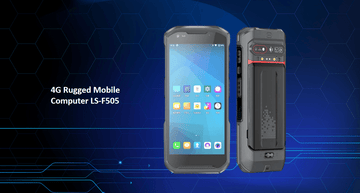
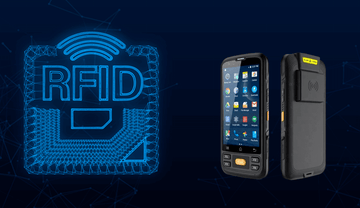


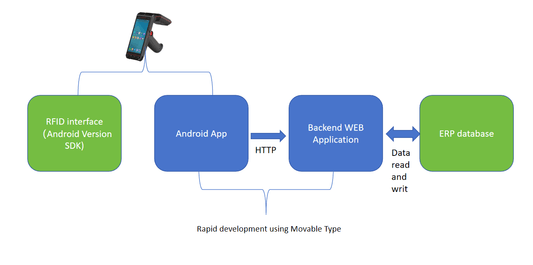
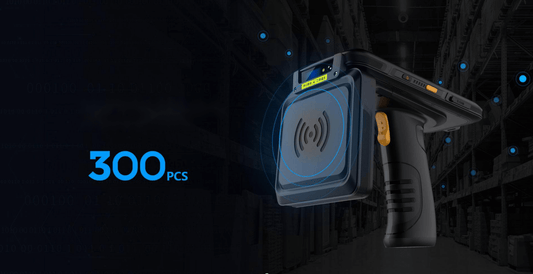
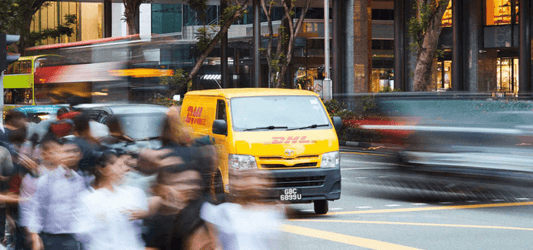
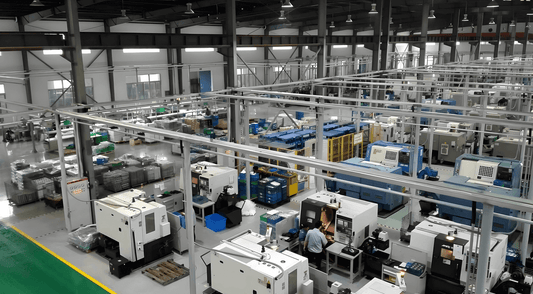
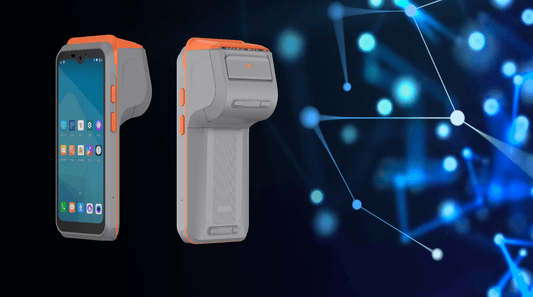
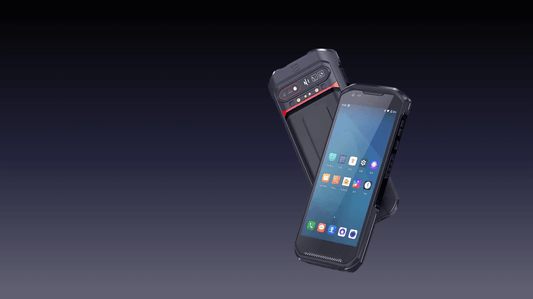
0 comments